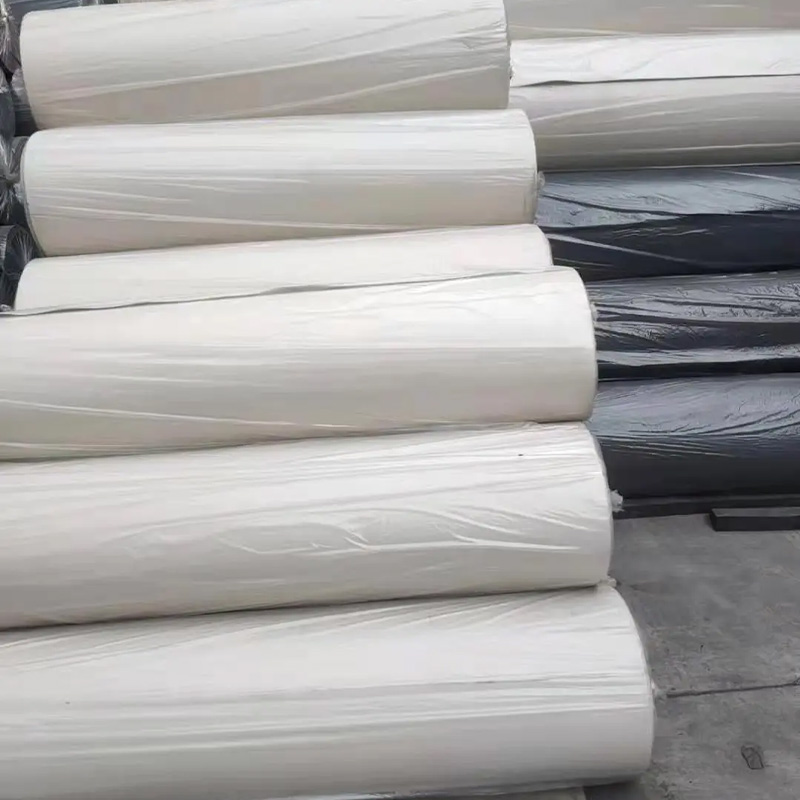Innovative Equipment Solutions for Enhanced Efficiency in Lithium Battery Production Processes
Lithium Battery Manufacturing Equipment Driving the Future of Energy Storage
The rise of renewable energy and electric vehicles (EVs) has brought significant focus to lithium batteries, which are pivotal in the transition toward sustainable energy solutions. The manufacturing of lithium batteries requires specialized equipment that caters to the unique characteristics of lithium-ion technology. This article explores the crucial equipment and processes involved in lithium battery manufacturing and their role in enhancing energy storage capabilities.
1. The Importance of Lithium Batteries
Lithium batteries have become the cornerstone of modern energy storage systems due to their high energy density, lightweight, and longevity. They are widely used in portable electronics like smartphones and laptops, as well as in electric vehicles and renewable energy systems. As demand for these applications rises, so does the necessity for efficient and advanced manufacturing equipment to produce lithium batteries at scale.
2. Key Equipment in Lithium Battery Manufacturing
The production of lithium batteries involves several critical stages, each requiring specific equipment
- Mixing Machines The initial stage of battery manufacturing involves the creation of cathode and anode materials from active materials, solvents, and conductive additives. High-shear mixers facilitate the uniform blending of these materials to form a slurry that will be coated onto the electrodes.
- Coating Machines After mixing, the slurry is applied to current collectors (usually aluminum for cathodes and copper for anodes) using coating machines. This process ensures a uniform layer of active material, crucial for optimal battery performance. Slot-die coating and gravure coating are popular techniques that maximize efficiency and reduce material waste.
lithium battery manufacturing equipment

- Drying Equipment Once the slurry is coated, the electrodes must be dried to remove solvents and achieve the desired moisture content. This is often done in continuous drying systems where controlled temperature and airflow are maintained to prevent damage to the electrodes.
- Pressing Machines The dried electrodes undergo a pressing process to enhance their density and improve conductivity. Hydraulic or roll presses apply significant pressure, ensuring the active material is firmly adhered, which is vital for battery performance.
- Cutting and Stacking Machines After pressing, the electrodes are cut to the required size and stacked together with separators. Precision cutting machines are essential to avoid damaging the thin electrode materials, while stacking machines help in creating multi-layer configurations necessary for lithium battery cells.
- Battery Cell Assembly Equipment This stage involves the assembly of complete battery cells. Equipment such as tab welding machines, electrolyte filling stations, and sealing machines are used to ensure each cell is constructed with precision and adheres to safety standards.
- Testing and Quality Control Quality assurance is critical in battery manufacturing. Advanced testing equipment evaluates parameters like capacity, voltage, and impedance to ensure that each battery meets industry specifications. Automated testing systems can perform real-time analyses, enhancing the reliability of the manufacturing process.
3. The Future of Lithium Battery Manufacturing
As the market for lithium batteries expands, manufacturers are continually seeking innovations to improve efficiency and reduce costs. Automation and robotics play a significant role in this evolution, allowing for higher throughput and consistency while minimizing human error. Moreover, advancements in materials science can lead to the development of next-generation lithium batteries with improved energy density and reduced environmental impact.
In conclusion, the demand for lithium batteries is set to increase exponentially, driven by the growth of electric vehicles and renewable energy storage. The evolution of lithium battery manufacturing equipment is crucial to meeting this demand while ensuring high-quality, reliable energy storage solutions. As technology continues to progress, the industry is poised to achieve greater efficiencies, paving the way for a sustainable energy future.
Share
-
The Best Lubricants for Aluminum Roller GuidesNewsJul.23,2025
-
Slitting Machine Applications in the Packaging IndustryNewsJul.23,2025
-
Rolling Roller Balancing Techniques for Smooth OperationNewsJul.23,2025
-
How To Optimize An EV Battery Assembly LineNewsJul.23,2025
-
Energy Efficiency in Modern Battery Formation EquipmentNewsJul.23,2025
-
Automation Trends in Pouch Cell Assembly EquipmentNewsJul.23,2025







